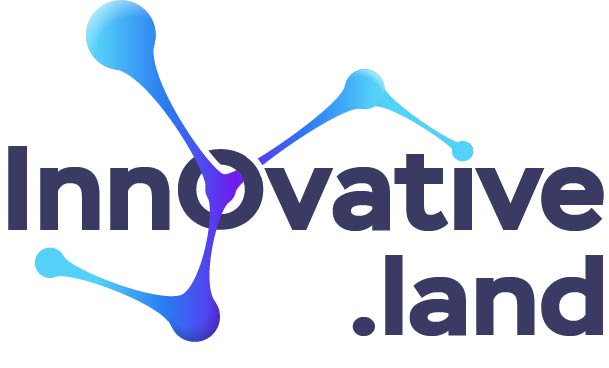In today’s data-driven world, information is the lifeblood of any organization. From customer data and financial records to intellectual property and trade secrets, sensitive data is constantly flowing through various channels, both within and outside the organization. But what happens when this valuable data falls into the wrong hands? The consequences can be disastrous, ranging from financial losses and reputational damage to legal liabilities and compliance violations.
This is where Data Loss Prevention (DLP) comes into play. DLP is a set of strategies, tools, and processes designed to prevent sensitive data from leaving the organization’s control. It’s like a security guard for your data, ensuring that it stays where it belongs and doesn’t fall victim to accidental leaks, malicious attacks, or unauthorized access.
How Does Data Loss Prevention Work?
DLP systems typically employ a combination of techniques to identify, monitor, and protect sensitive data:
- Data discovery and classification: DLP tools scan your network, systems, and data repositories to identify sensitive data based on predefined rules, patterns, and keywords. This includes data like credit card numbers, social security numbers, health records, and confidential business documents.
- Policy enforcement: Once sensitive data is identified, DLP systems enforce policies to control how it can be accessed, used, and transmitted. This might involve blocking emails containing sensitive data, preventing downloads to unauthorized devices, or encrypting data in transit.
- Monitoring and analysis: DLP tools continuously monitor data flow within and outside the organization, looking for suspicious activity or policy violations. This includes monitoring email traffic, web traffic, file transfers, and cloud storage usage.
- Remediation and reporting: When a potential data leak or violation is detected, DLP systems can take action to remediate the issue, such as blocking the transmission, quarantining the data, or alerting security personnel. They also generate reports and dashboards to provide insights into data security trends and potential risks.
Why is Data Loss Prevention (DLP) Important?
DLP is crucial for organizations of all sizes, across all industries. Here are some key benefits:
- Protect sensitive data: Prevent data breaches and safeguard confidential information from unauthorized access, theft, or misuse.
- Meet compliance requirements: Comply with regulations like GDPR, HIPAA, PCI DSS, and others that mandate the protection of sensitive data.
- Reduce risk: Minimize the risk of financial losses, reputational damage, and legal liabilities associated with data breaches.
- Gain visibility: Gain visibility into how sensitive data is being used and transmitted within your organization.
- Improve security posture: Strengthen your overall security posture by proactively addressing data security risks.
Types of Data Loss Prevention
DLP solutions can be implemented in various ways:
- Network DLP: Monitors network traffic for sensitive data in transit.
- Endpoint DLP: Protects data at rest and in use on end-user devices.
- Storage DLP: Scans data stored in databases, file servers, and cloud storage.
- Cloud DLP: Protects data stored in cloud applications and services.
Choosing the Right Data Loss Prevention Solution
Selecting the appropriate DLP solution depends on your organization’s specific needs and budget. Consider factors like:
- Types of data to protect: Identify the specific types of sensitive data you need to safeguard.
- Deployment model: Choose between on-premises, cloud-based, or hybrid solutions.
- Integration with existing systems: Ensure the DLP solution integrates with your existing security infrastructure.
- Ease of use and management: Select a solution that is user-friendly and easy to manage.
Beyond the Technology
While DLP technology is essential, it’s equally important to have strong data security policies, procedures, and employee training in place. This includes:
- Data classification policies: Define clear rules for classifying data based on its sensitivity.
- Access control policies: Restrict access to sensitive data based on roles and responsibilities.
- Data handling procedures: Establish secure procedures for handling sensitive data, including storage, transmission, and disposal.
- Security awareness training: Educate employees about data security best practices and the importance of protecting sensitive information.
Conclusion
In today’s digital age, where data breaches are becoming increasingly common, DLP is no longer a luxury but a necessity. By implementing a comprehensive DLP strategy, organizations can proactively protect their sensitive data, mitigate risks, and ensure compliance with regulations. Remember, safeguarding your data is not just about technology; it’s about creating a culture of data security awareness and responsibility.
Contact Us For more information and free assessments.





